Foul odor is one of the random things experienced in basements, but that is not the way it’s supposed to be. This happens because most basements are built with concrete walls, and concrete walls are known to be moisture friendly. Such circumstance gives room for musty odor.
The first thing to check before insulating a basement is to ensure that it is not moisture friendly. Peradventure you experience water on the foundation level anytime; putting a drainage system would be the best advice.
You need to know the best option suitable for your basement. The basement options mostly known by people are not always the best compared to the other option available. That fiberglass batts insulation is the cheapest type of insulation doesn’t make it the best for a basement. Batts are just mere blankets or rolls made from fibers like wool or fiberglass.
Foam board insulation is more expensive and better, and more effective than fiberglass. This type comes in sheets or panels of extracted polystyrene or XPS. They are moisture deterrent but can as well cause a fire because they have flammable materials in them. But does that make it the best insulation for basement walls?
The question is, what is the best insulation for basement walls?
The best insulation for basement walls is the spray foam insulation method because it has a moisture-resistant feature with little or no thickness. Spray foam will ensure that the water vapor which wanders from the basement walls is properly locked.
Table of Contents
Importance of Insulating Basement Walls
Insulating your basement walls makes your home a conditioned and relaxed place for people. Insulations are made to stop heat transfer between the exterior surfaces in your home, like the foundation and the outdoors.
Some of the benefits of basement insulation include:
Prevention of Cold Floor During Winter
Insulating your basement walls goes a long way to ensure that you and your family would not be experiencing cold floors during winter. This means that some infections and sicknesses caused by cold floors would never be experienced by anyone who lives in your house, and you will always enjoy the desired temperature needed for you and your family.
Good Stability of Indoor Temperature
The room temperature is so important in every house. Your room should be warm during the cold period and cold during the hot period. Insulating your basement wall would ensure that there would be a good stability of indoor temperature other than having fluctuations of temperature at home.
Saves Cost in Heating and Cooling your House
As earlier stated, insulating basement walls control the house temperature and give out the required temperature at any given season. This means you will not be spending much on getting the house to the desired temperature during each season.
Lower Risk of Indoor Draft
Your house would be free from unnecessary drafts experienced in many homes once you have your basement walls insulated. It will help reduce this risk and make you have a happy home always with your family.
What Type of Insulation is Best for Basement Walls?
Spray foam is the best insulation for basement walls because of the features and benefits it comes with. Spray foam insulation ensures that you get a higher value of what is spent and enjoy your home without much stress. You will also enjoy moisture resistance and little or no thickness.
Spray foam insulation can fit in any space or gap very well and give you the best safety against any air infiltration and moisture. Though it seems expensive, remember that this would help you save energy bills in heating the house or getting it cold in the future and save you cost in doing damage control that may occur from the presence of mold mildew.
You will also need to know if you want your exterior or interior walls insulated. Would you prefer insulating your basement walls from outside or inside? Most places where you see the outside walls insulated are usually done when the house was newly constructed. Insulating your basement walls from the exterior part is the best because it is energy efficient. Interior basement insulation is cheaper and easier to be done. In case your basement is yet on the unfinished level, the best way to go is to insulate from the exterior.
Remember that both exterior and interior basement wall insulations are good. It all depends on what works better for you. If you have your basement walls insulated from the exterior part, there would be more space inside the basement. If you insulate from the basement wall’s interior part, there would be no interruptions between the lower slab of the insulation and the wall insulation itself. It is essential to put the above mentioned into consideration before insulating your basement walls.
Also, it is important to note that fiberglass insulation is not suitable for most basement walls. It is not advisable to stick fiberglass insulation directly to a concrete wall. If at all there is a reason why you must use the fiberglass type of insulation, ensure that there is enough space between the insulation and the wall. If there is no space, the part of the insulation that comes in contact with the wall would be taken over by mold and mildew. It is important to note that fiberglass is not moisture-resistant, so it is a no go area for basement wall insulation.
Types of Basement Insulation
Foam Board Insulation
Professionals often fix this type of insulation. There are possibilities that house owners can do it themselves, but professionals are the best to carry out this function, unlike the other types of insulation. The materials are polyurethane and polystyrene made. If you want reasonable temperature control in your house and structural stability at home, then this is the best shot for you.
Bubble foil/ Fiberglass Insulation
This type of insulation material can be gotten from a nearby hardware store, and it is easy to roll out and stick to the basement wall. The materials for this type of insulation have been proven over the years to be long lasting materials. The materials mostly used here include plastics and fine glass. In most cases, this type of insulation is found in old houses at the walls, rim, beams, etc.
Sprayed Foam Insulation
If you want to get your basement wall insulation finishing done by yourself with your family members’ assistance, this should be the best choice of insulation to be considered. You fix the foams together with the spray cans, just as the name is. While carrying out this type of insulation, one thing to bear in mind is wearing a mask when fixing the materials to protect you and your workers from being choked or affected by the strong chemicals used during the process. This type of insulation helps protect the outside air from coming into the house because the basement is well sealed up.
How to Insulate your Basement
- Ensure a layer of gypsum drywall supports your foam because this would go a long way in protecting the concrete.
- Do not use the rigid foam pattern for a basement.
- Ensure to wall frame your basement before spraying the foam if you are going for the spray foam pattern and give a gap of up to 1-1/2 on the basement and the foundation.
- Using materials like cellulose, fiberglass batts, or mineral-wool batts because they are cheap might allow air from coming in. You should not use below-grade concrete materials on such insulation. If you use this type of insulation, it will allow air and moisture on the basement’s cold concrete surface, which would lead to mold building on the wall.
- If you live in an extreme climate environment, a 2-in. layer of XPS foam (R-10) is required. If you live in a marine zone, use 3-in. of XPS or 4-in. of EPS because this meets the R-15 building code requirements.
- Ensure your furring strips are stick to the concrete wall through your rigid foam.
- Ensure the insulation on the interior part of your basement permits vapor. Your concrete can stay for centuries damp without any fault or damage on it.
Basement Insulation Mistakes to Avoid
- Don’t use fiberglass insulation: This causes much havoc and will make you spend more in the future than when you get the right type of insulation done at first.
- Ensure that the Foam Board Insulation type is correctly installed: Do not make the mistake of fixing the foam boards incorrectly. It causes a lot of havoc attracting model and mildew, loss of heat which would increase your energy bills because you will require more source of heat for the house.
- Please avoid direct contact of basement insulation with the foundation: Many people build their basement as a common living space; in most cases, you will notice that the basement directly connects with the foundation. This needs to be avoided altogether.
- Ensure the stud part of the wall is filled an inch or two far from your concrete wall.
- Use the type of insulation that is vapor barrier friendly: It is very important to know that vapor can cause a big problem in the insulated basement, so it is advisable to use vapor barrier-friendly materials to insulate your basement.
Conclusion
A local African palace says, “good soup is money,” for you to get the best type of insulation for your basement wall and enjoy a comfortable, weather-friendly, temperature regulated, and good home, you need to adopt the best type of basement wall insulation which would not make you regret or continue spending money for maintenance as time goes on.

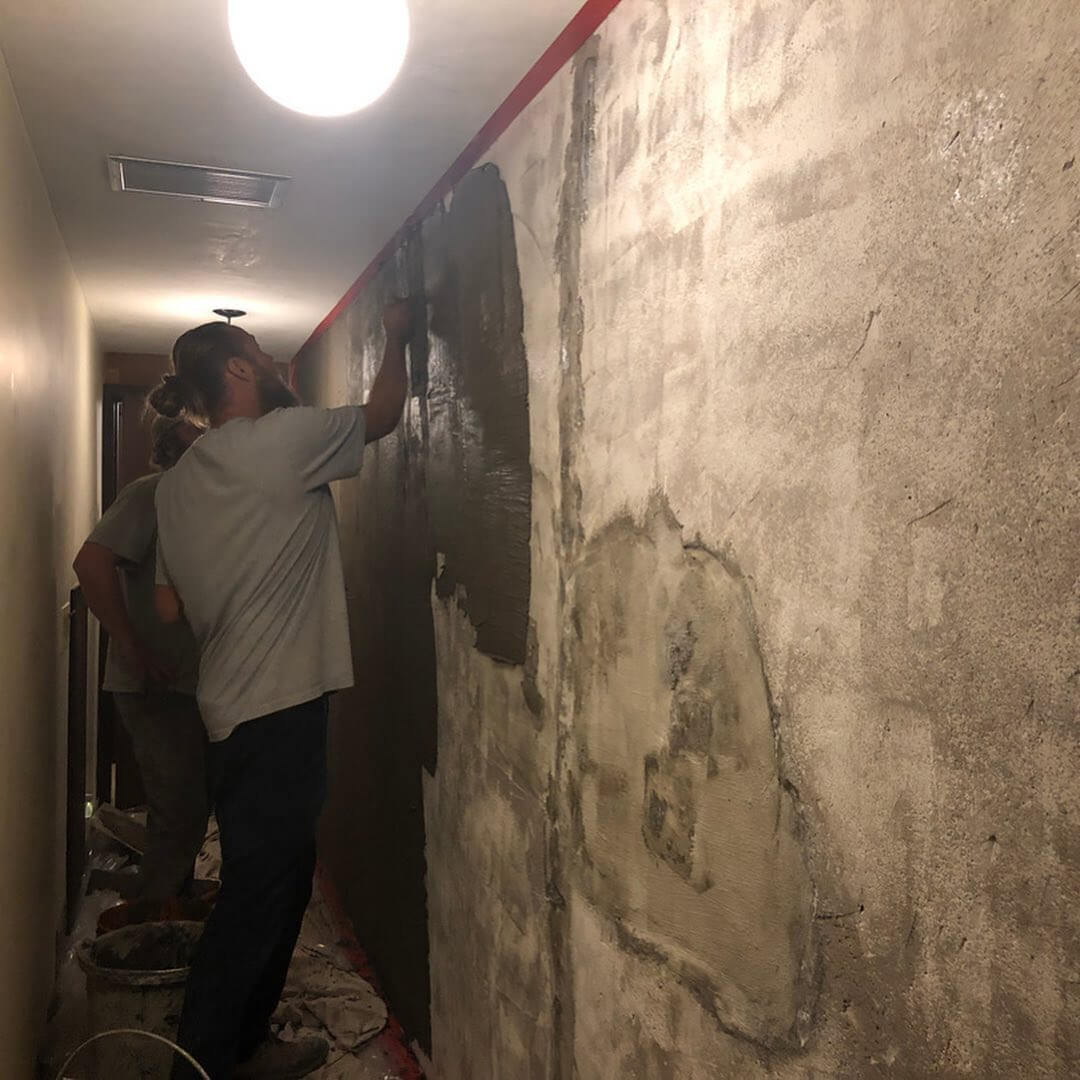
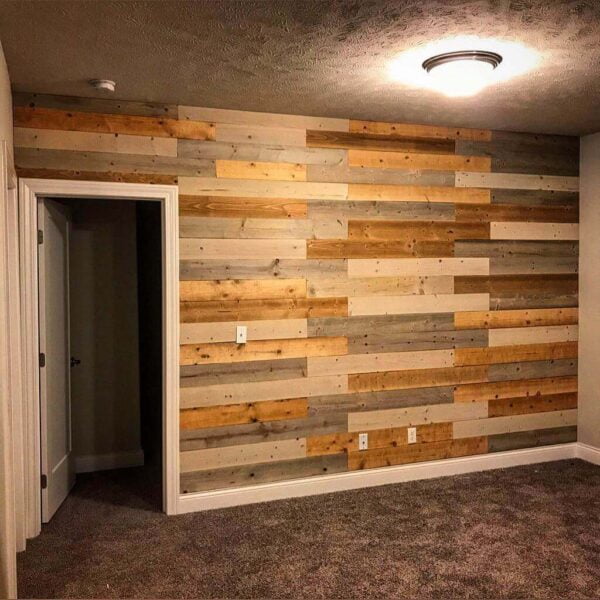
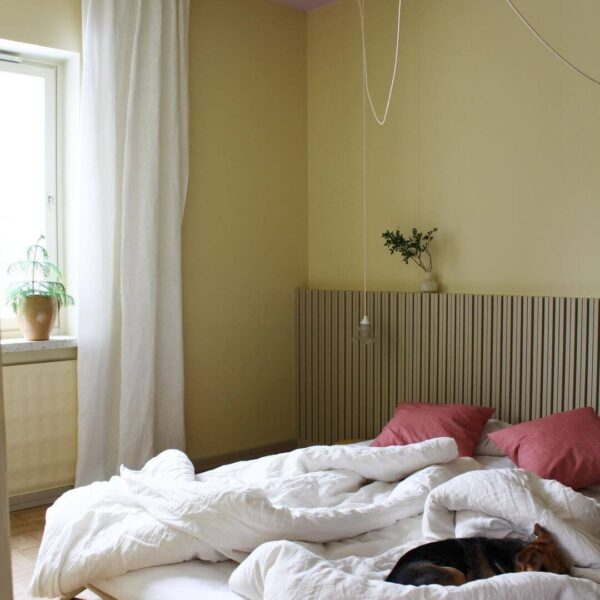
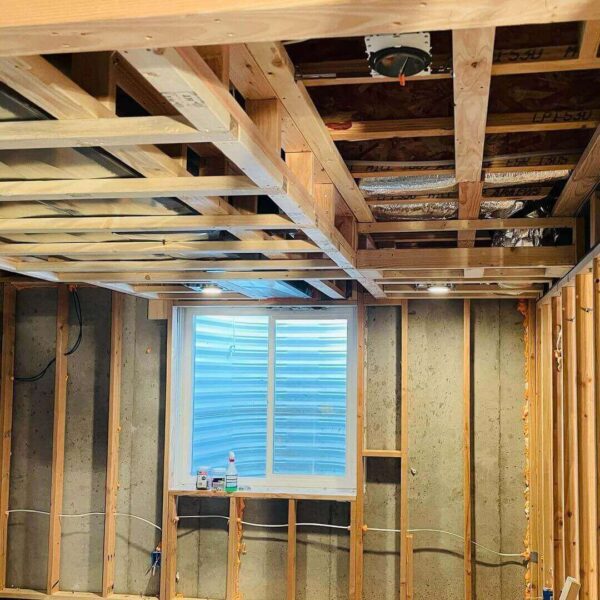
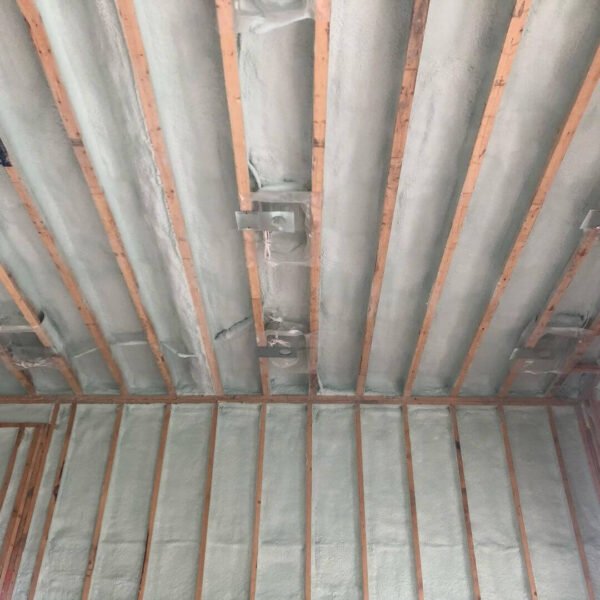

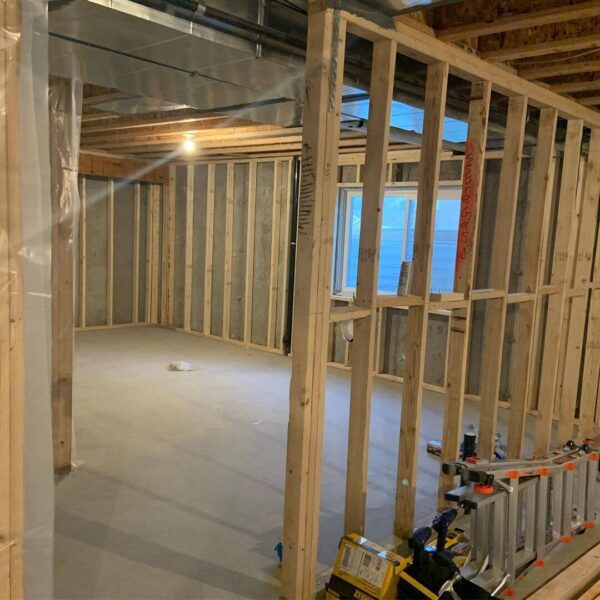
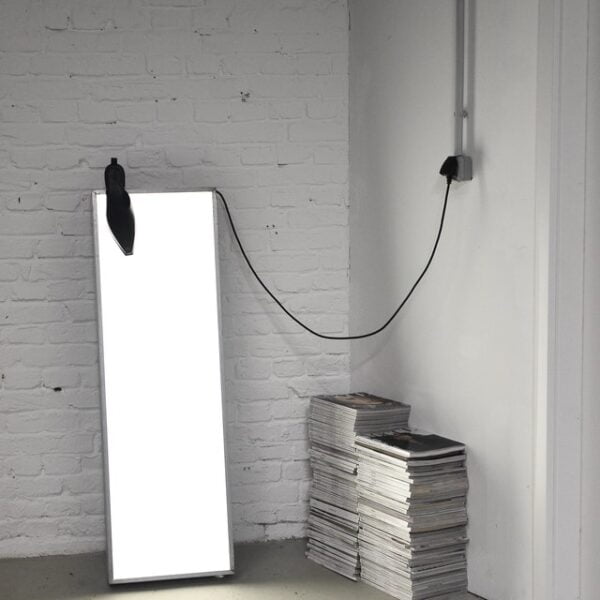
Leave a Comment